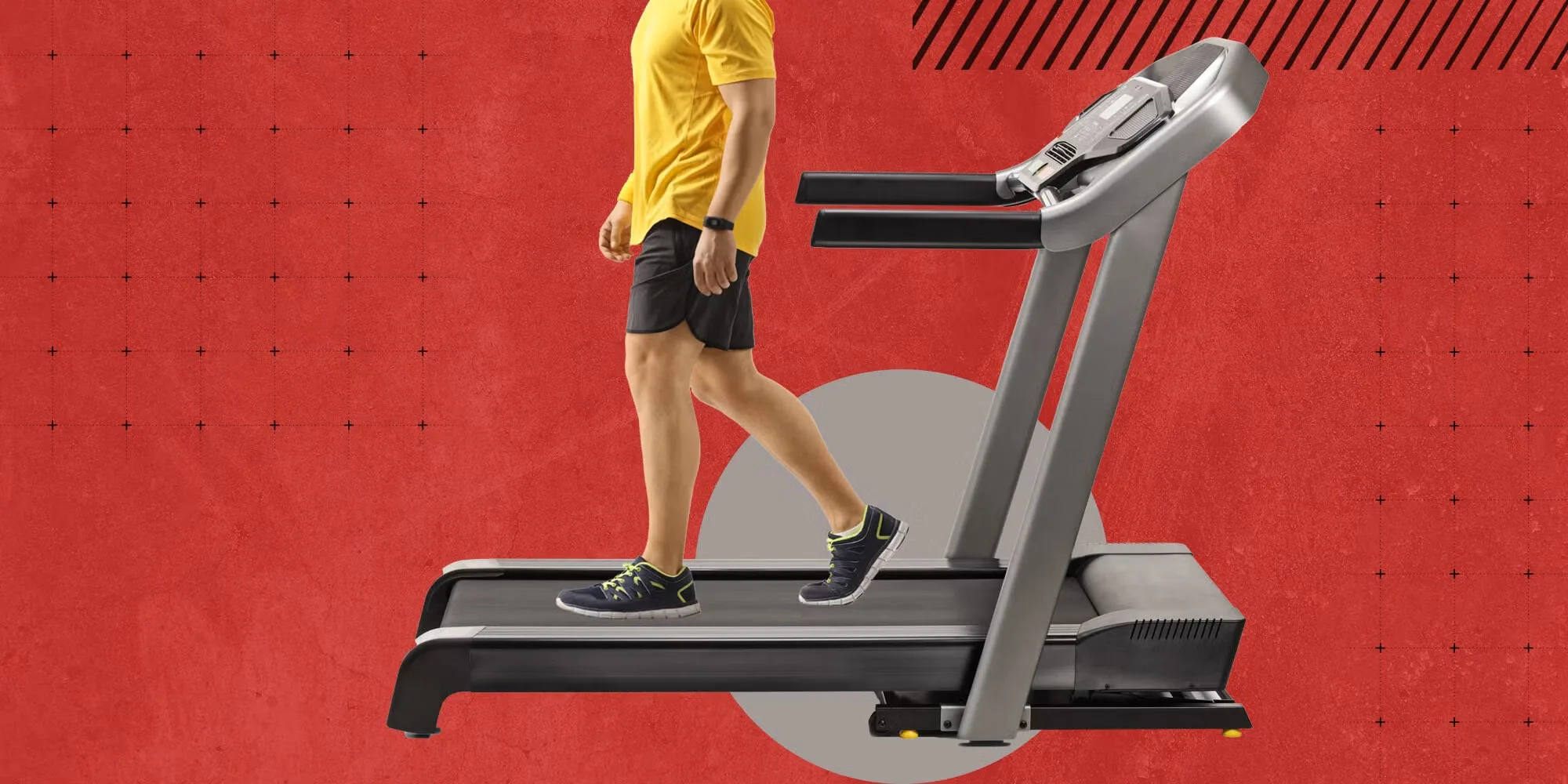Is Your Body Mass Index Telling You the Whole Story?
We’ve all heard of BMI, or Body Mass Index. It’s that simple calculation using your height and weight, and for decades, it’s been the go-to standard for doctors to assess our health risks. From the CDC to the American Heart Association, major health organizations have endorsed it. But what if this widely accepted measure isn’t giving us the full picture? What if a more direct assessment of our body’s makeup could reveal hidden risks and offer a clearer path to better health? New research is suggesting it’s time to rethink how we measure body composition.
The BMI Dilemma: Why It Might Fall Short
BMI is undeniably easy to calculate, making it a staple in clinical settings. It’s been a useful tool for broadly categorizing individuals as overweight or obese and has shown some association with conditions like type 2 diabetes and heart disease. However, experts have increasingly pointed out its limitations.
Think about it: a super muscular athlete might have a high BMI and be classified as “overweight” or even “obese,” simply because muscle weighs more than fat. Clearly, this doesn’t mean they’re unhealthy. On the flip side, some individuals can have a “normal” BMI but carry a high percentage of body fat, a condition sometimes called “normal weight obesity.” These individuals might be unknowingly at significantly increased risk for metabolic syndrome, type 2 diabetes, and cardiovascular disease.
Even more perplexing is the “obesity paradox,” where some studies have suggested that having a BMI in the “overweight” category, and even mild “obesity” (Class I), might actually be linked to lower mortality rates in certain groups. This paradox makes it clear that BMI alone can be misleading and doesn’t always accurately predict who’s truly at risk.
A New Contender: Measuring Body Fat Directly
If BMI isn’t perfect, what’s a better alternative? For years, methods like DXA scans (Dual-energy X-ray Absorptiometry) have been known to provide highly accurate measurements of body fat. But these scans are expensive and not practical for routine use in a typical doctor’s office.
However, recent advancements in Bioelectrical Impedance Analysis (BIA) machines offer a promising solution. These devices are becoming increasingly accurate, more affordable, and much easier to integrate into everyday clinical practice. BIA machines can directly measure your body fat percentage (BF%), providing a more precise snapshot of your body’s composition.
This new study set out to answer a crucial question: Is directly measured BF% a better predictor of long-term health risks, specifically 15-year mortality, than the traditional BMI, especially in younger adults?
The Revealing Results: Body Fat Percentage Takes the Lead
The findings were compelling. The study demonstrated that directly measuring body fat percentage using BIA had a significantly stronger association with 15-year mortality risk in young adults (aged 20-49) compared to BMI. This suggests that BF% provides a more accurate assessment of downstream health risks.
While BMI is an indirect estimate, BF% offers a direct measure of what truly matters when it comes to health: the amount of fat in your body. The “obesity paradox,” which can confuse BMI’s relationship with mortality, doesn’t seem to apply when body fat is measured directly.
The implications are significant. As BIA technology becomes more accurate and affordable, it could revolutionize how we assess health risks in the doctor’s office. Imagine having a quick, reliable, and inexpensive test that gives you a much clearer picture of your body composition and associated health risks, empowering you and your doctor to make more informed decisions about your health.
What Does This Mean for the Future of Your Health?
This research strongly suggests that it’s time to move beyond BMI as the sole measure of body composition and risk. While BMI has served its purpose, the availability of accurate and accessible tools like BIA means we can get a much more nuanced and predictive understanding of our health.
The goal isn’t to ditch BMI entirely, but rather to integrate more direct and precise measurements like body fat percentage into routine clinical practice. This shift could lead to more personalized health discussions, better risk stratification, and ultimately, improved health outcomes for everyone. It’s an exciting step towards a more informed and proactive approach to our well-being.
Source:
Body Mass Index vs Body Fat Percentage as a Predictor of Mortality in Adults Aged 20-49 Years











